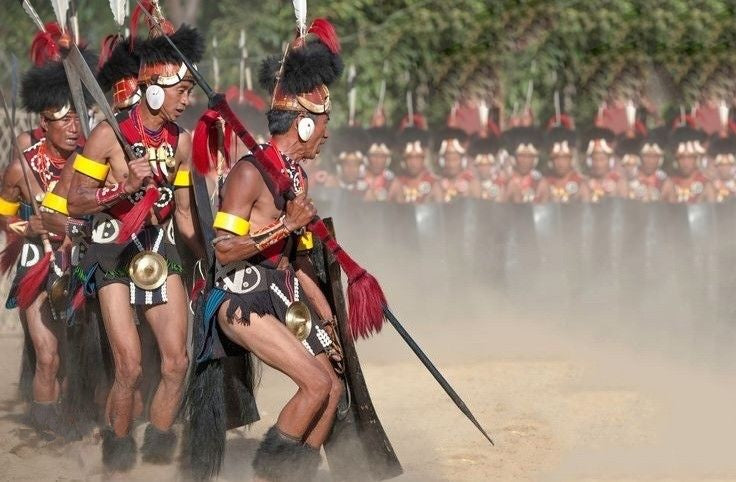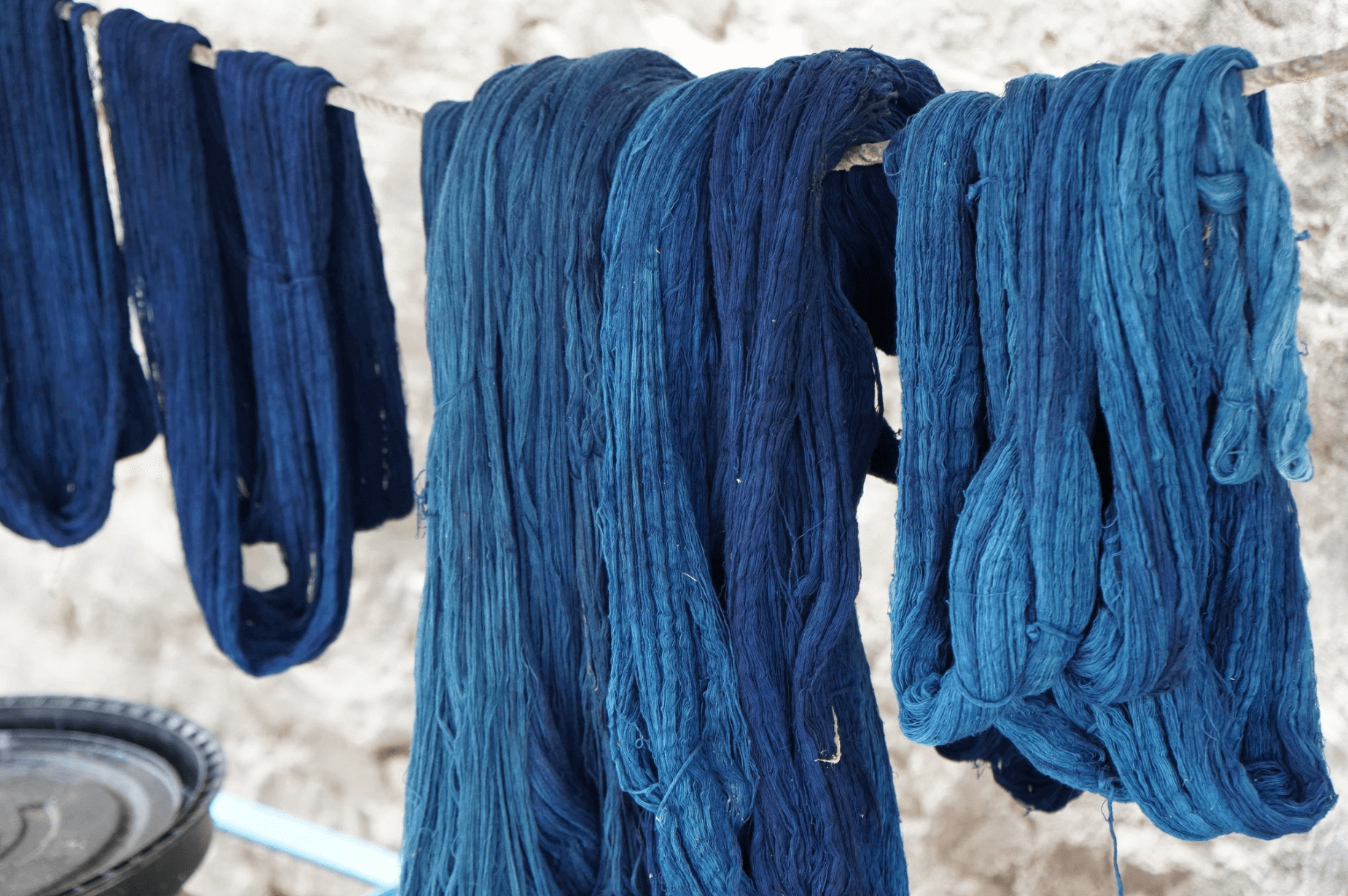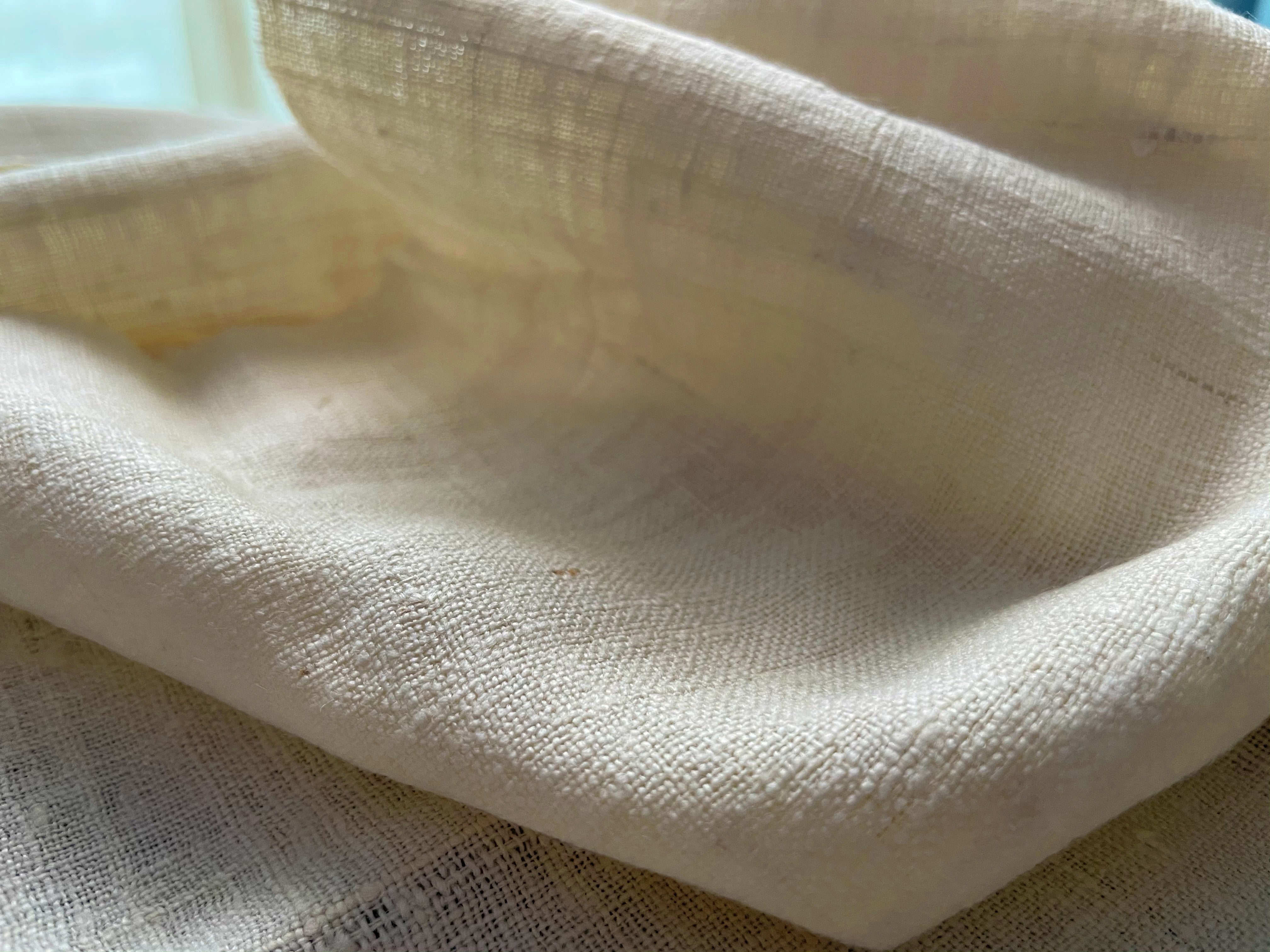Early last year, during my quarterly trip to Assam, a chance discussion with our production partner Fabric Plus got us thinking about bringing back the motifs of Brindabani Bastra in the form of upper body garments. We knew it would be a difficult process - we would need to contact the custodians in Majuli for the required permissions, reach out to the ministry in Assam for authority, and keep the Department of Handloom & Textiles (Assam) in loop. To add to the gruelling and unnecessary bureaucracy, there was the mammoth task of deciding the right kind of yarns for the fabric, colour way and design pattern. Now, after a little over a year, we are ready with the first fabric sample. It took me a while to believe that the celestial tapestry, which was lost to the world for 85 years and resurfaced at the British museum only in 1992, is being recreated again in Assam, albeit in a contemporary fashion to suit our time. Of course we can never replicate the divine tapestry. The weave belongs to a different time, a different era. Those weavers and those times are gone. It is a piece the like of which you do not see now. A stellar example of what glories ordinary mortals are capable of when inspired!
Our attempt with this revival is to tell the story behind this divine weave, since it is unlikely that many in our part of the world would know about it. We'll show you a little peek of our first sample. But before that, a little more info about this treasure.
So what is Bridavani Bastra?
Quite literally, it means the cloth of Vrindavan. This was created in Assam sometime in the late 17th century. Woven in the finest Muga silk, it narrates the early life of Kṛṣṇa during the time he lived in the forest of Vrindavan.
The main architect of this exquisite piece was the great Vaishnavite reformer, Srimanta Sankardev. If you try to contextualize Sankardev, in the times in which he was born, then you can understand the inevitability of this divine tapestry. Srimanta Sanakardev was born in 1499 in Assam. It was a time of conflict and upheavals. It was also a time of resurgence, revival of simple faith, simple literature and a direct connect with masses through Bhakti. This was the time when saints like Guru Nanak, Mirabai, Kabir, Ramananda, and Chaitanya Mahaprabhu were leading the path of Bhakti.

Sankardeva was a child of these times. He craved for a simple faith, a simple religion that could heal the Assamese society torn apart by orthodoxy, sectarianism and fanaticism. In the course of his travels he witnessed the Bhakti movement sweeping across the country. His own inclination towards surrender to a personal God through sadhna and bhakti found resonance with the Neo- Vaishnavite movement.
Sankardev disapproved of idol worship. In the namghars (community prayer houses that were set up by Sankardev), the focus of worship was the Bhagavata Purana – the text that tells the story of Kṛṣṇa. Thus the Brindabani Bastra was used to cover the manuscript and was draped over the thapona – altar on which it was placed. But the Brindavani Bastra was no ordinary altar piece.

A miraculous story is told of how the Bhagavata Purana came to be the basis of the devotional cult that he founded. A brahmin pundit, Jagdish Misra, came to Puri to read the Bhagavata Purana to the image of Lord Jagannatha in the great temple (Jagannatha is the deity of Puri who is regarded as a form of Kṛṣṇa). While there, he had a dream in which the deity told him to take a copy of the text to Assam, where he was to find Sankaradev and read it to him, too. This Jagdish Misra did, reading all twelve books to the saint. The contents of the text had such a profound effect on Sankaradev that from then onwards he made Bhagavata Purana the basis of all his teachings. One feature of this Bhakti cult that was different to the one propounded by Chaitanya was that it was practised almost entirely without images. The most important element of the cult was congregational singing of Kṛṣṇa's praises and the calling on his and Radha's names by devotees at namghars.

The only surviving Bridabani Bastra from 17th century Assam showcased at British Museum. Photo courtesy - Google
This beautiful and rare textile, now in the British Museum, was produced in the late 17th century in the wake of the remarkable outflow of Kṛṣṇa veneration. Sankardev used his knowledge of the Bhagavata Purana to weave the sequence of events of Kṛṣṇa-lilā. His personal expertise as a painter, artist and dramatist made this Vastra an intensely personal communication. Rows of Garuda images are seen, as are the various avatars. However, the majority are of images of Kṛṣṇa battling with the crane-demon Bakasura, dancing on Kaliya, and so on. They are all important elements of Kṛṣṇa devotion. Over 9 meters long (length 937 centimeters and width 231 centimeters), this ancient, sacred Assamese textile is the largest surviving example of this type of textile anywhere in the world.
The Museum has also created a beautiful video dedicated to this exquisite piece of art, watch it
here.








